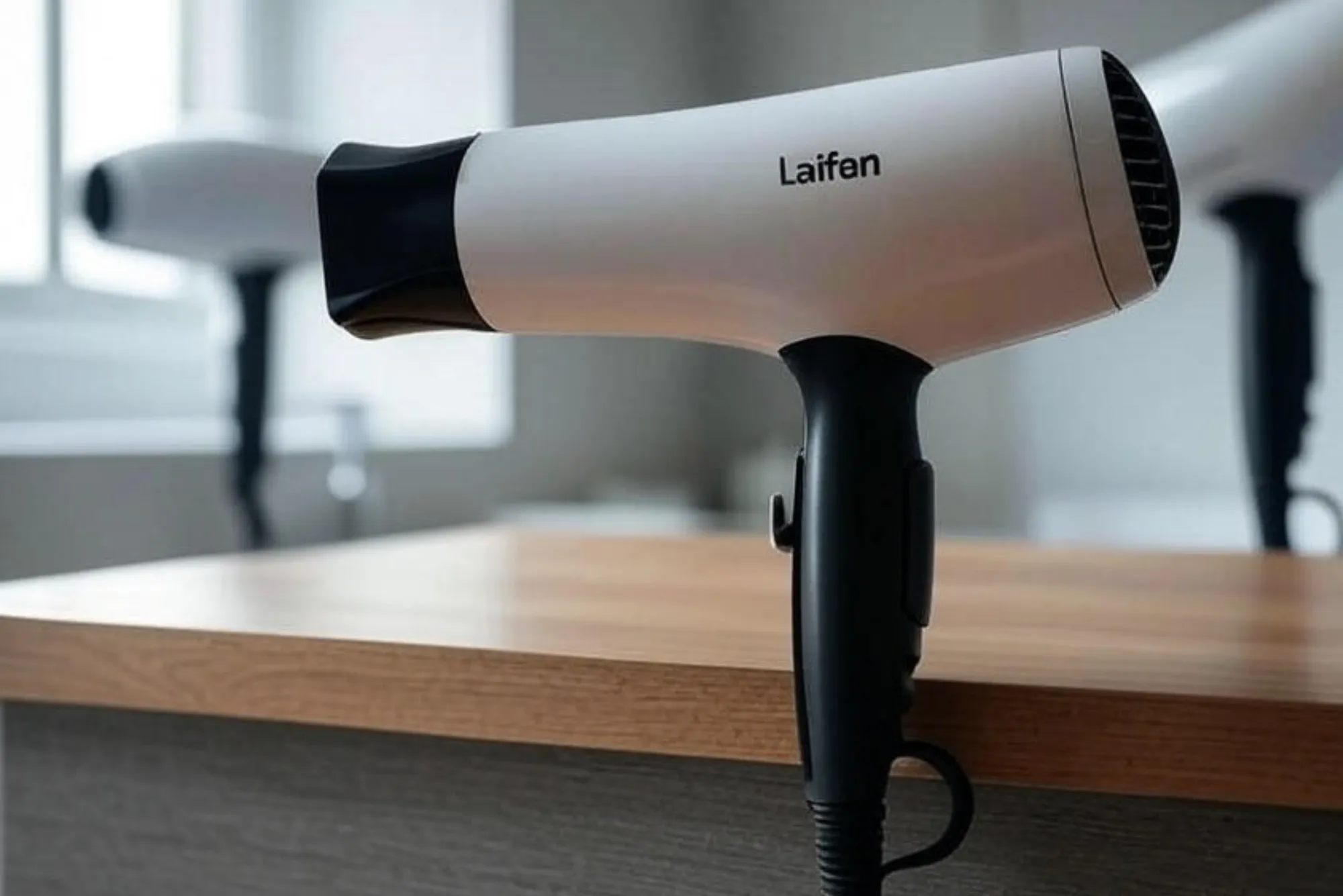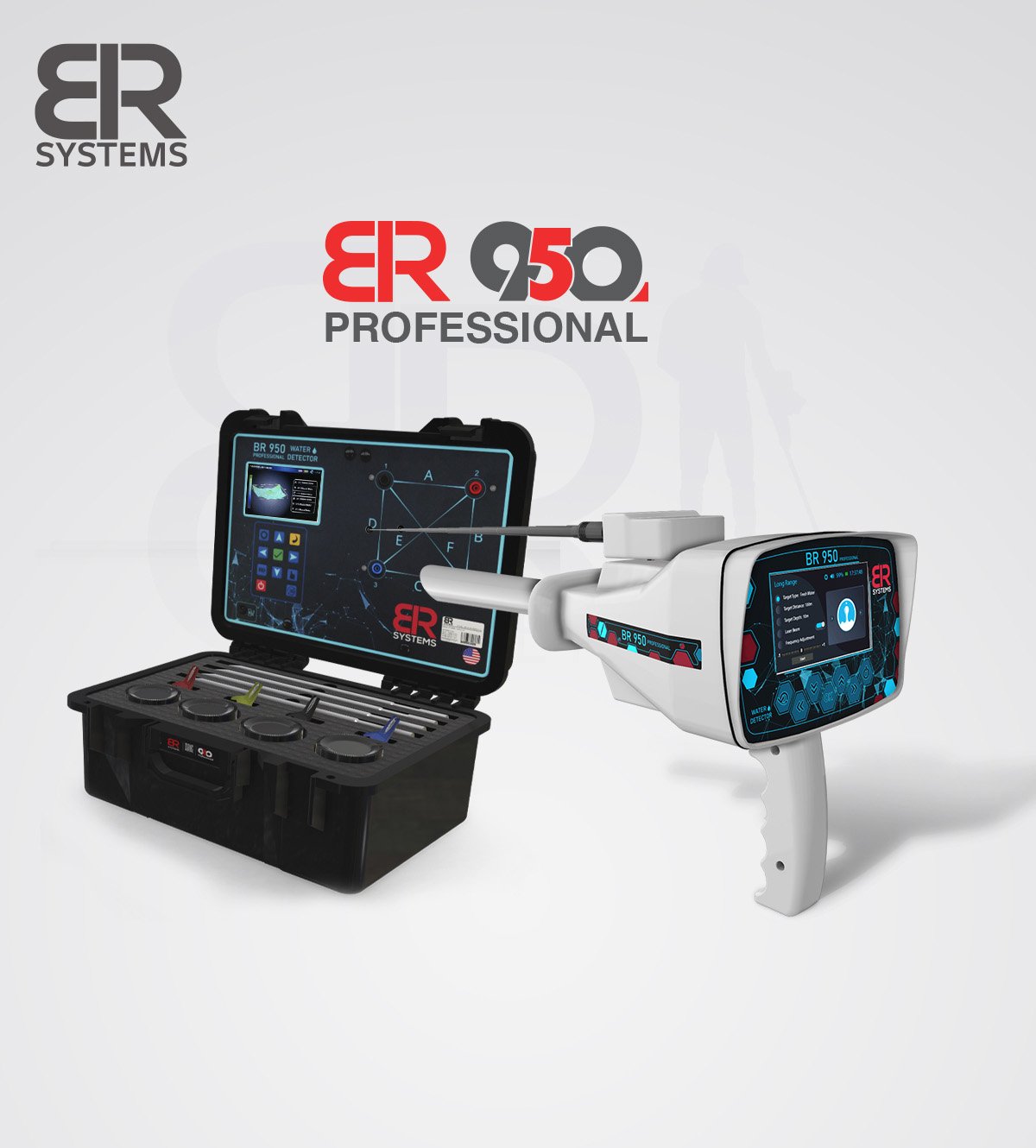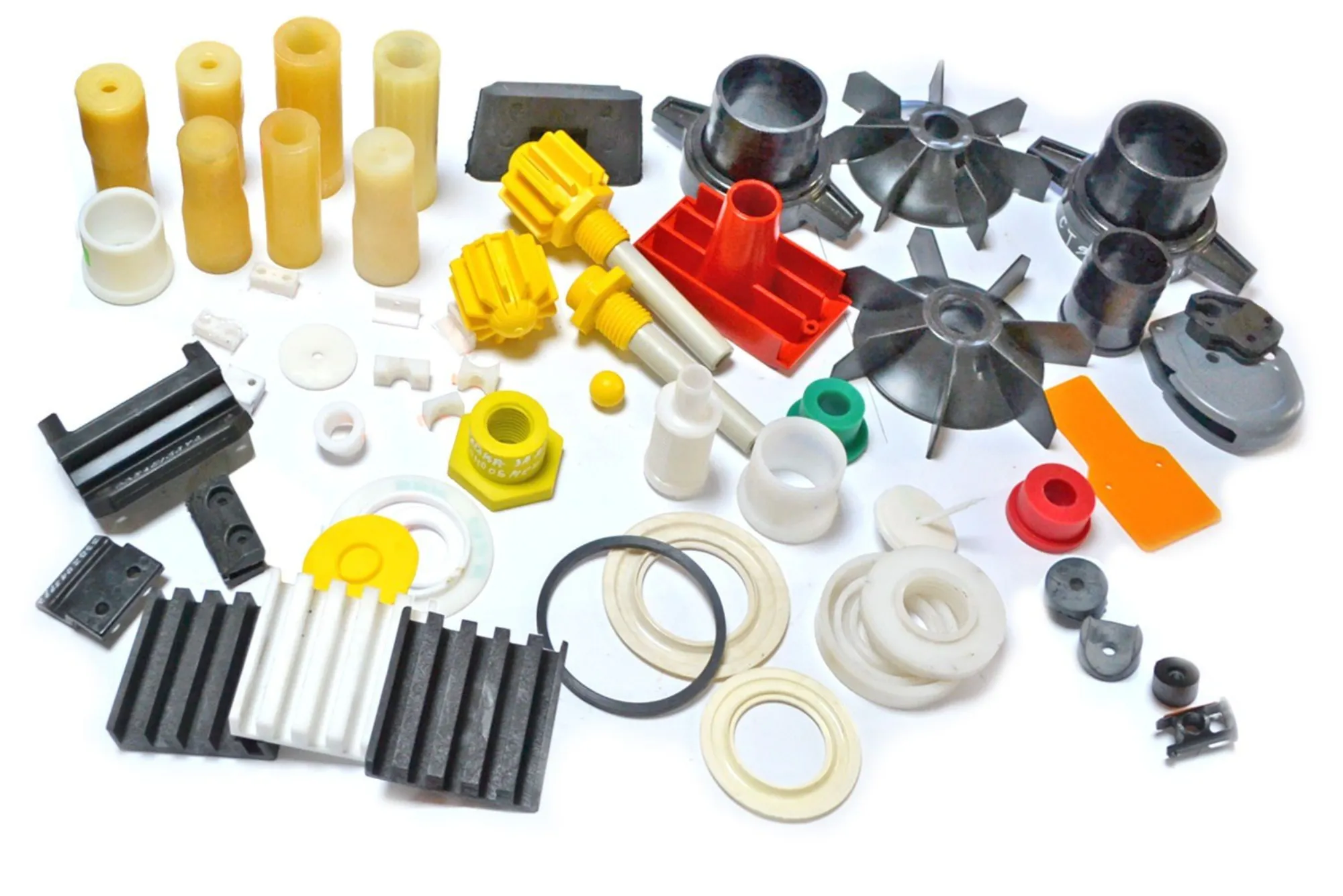Finding underground water has been a challenge for farmers, engineers, and communities for centuries. In the past, locating hidden water sources relied heavily on guesswork, traditional divining rods, or costly trial-and-error drilling. Today, advanced technology has transformed the process, making it faster, more reliable, and far less expensive. An underground water detector is a specialized device designed to scan beneath the earth’s surface and identify where water might be located, saving valuable time and resources.
Understanding how these devices work requires a closer look at the science behind them, the features that make them effective, and the practical benefits they offer for agriculture, construction, and water management.
Principles of Detection Technology
Modern water detectors combine geophysical methods with advanced sensors to interpret what lies beneath the ground. These machines use electrical resistivity, ground-penetrating radar, or magnetic field variations to measure differences in soil conductivity and density. Since water conducts electricity differently from dry soil or rock, the detector identifies patterns that point to potential water-bearing zones.
When investing in reliable equipment, a professional-grade underground water detector can make a significant difference. These detectors don’t just provide vague signals; they deliver detailed information about depth, location, and sometimes even the quality of the water source. This accuracy helps users avoid costly mistakes and ensures drilling efforts are targeted effectively.
Why the BR 950 Professional Stands Out
Not all detectors are created equal. Some are basic and only suitable for shallow surveys, while others are designed for professional use. The BR 950 Professional is one of the most recognized models in the field because it offers advanced detection capabilities combined with user-friendly controls.
This device can scan deep into the ground and differentiate between fresh and salty water, which is crucial for farming and drinking purposes. The BR 950 Professional also provides accurate readings in diverse terrains, from desert sands to rocky regions, making it versatile for users worldwide. Its portability and durability mean it’s practical for fieldwork, where conditions can be unpredictable and demanding.
Depth and Range Capabilities
One of the first questions people ask about water detectors is: how deep can they really go? High-end models can scan hundreds of meters below the surface. This depth capability is essential because aquifers are often located far beneath layers of soil and rock. Having a detector that can reach those depths ensures that even hidden reservoirs can be identified without wasting drilling efforts.
Range is equally important. A wider scanning radius means fewer scans are required to cover a large piece of land, which saves both time and energy. The most effective devices balance depth with range, offering a comprehensive survey in a shorter timeframe.
Accuracy and Reliability
Locating water is not just about detecting moisture; it’s about distinguishing between groundwater that is usable and signals caused by mineral deposits or geological formations. Advanced detectors minimize false readings by combining multiple detection methods and filtering out irrelevant signals. This level of reliability is vital for communities or organizations making major financial commitments to drilling operations.
Accuracy also means fewer dry wells, which translates to lower costs. In areas where water scarcity is a serious concern, having dependable results can be the difference between sustainable farming and failed crops.
Practical Applications in Agriculture and Development
For farmers, the ability to find underground water can secure irrigation supplies and improve yields. In many arid regions, underground aquifers are the only viable source of water, and a detector can be the tool that ensures survival. Construction companies also rely on these devices before laying foundations or tunnels, since undiscovered water pockets can cause structural risks.
Municipalities and governments use professional detectors to map groundwater resources, ensuring long-term water security for growing populations. In all these cases, the cost of a detector is quickly offset by the savings in drilling expenses and the assurance of reliable water access.
Ease of Use and Training
While the science behind detection is complex, modern devices are designed to be user-friendly. They often come with digital interfaces, visual displays, and step-by-step instructions, making them accessible to both professionals and newcomers. Portable and lightweight models make field surveys less labor-intensive.
Manufacturers like BR Detectors also provide training and technical support, which ensures users can maximize the accuracy of their equipment. This blend of advanced technology and practical usability is one of the reasons these detectors are increasingly trusted across industries.
The Future of Water Detection
As demand for water increases worldwide, the importance of reliable detection tools will only grow. Future advancements may include AI-driven interpretation, more compact designs, and integration with GPS mapping to deliver even more precise results. These innovations will further reduce uncertainty and make the process faster and more efficient.
For now, professional tools like the BR 950 Professional represent the cutting edge of what is possible. They bring together sensitivity, depth, and accuracy in a way that makes locating hidden water sources more achievable than ever.
Conclusion
Locating underground water is no longer left to guesswork or outdated methods. With the right technology, communities, farmers, and developers can secure reliable water sources with confidence. The science of resistivity, radar, and field measurements has been condensed into powerful yet user-friendly devices that change the way we approach water management.
Choosing the right underground water detector means investing in accuracy, depth, and durability. With advanced models such as the BR 950 Professional, hidden water sources can be located more reliably than ever before, offering real solutions to one of humanity’s most critical challenges.










